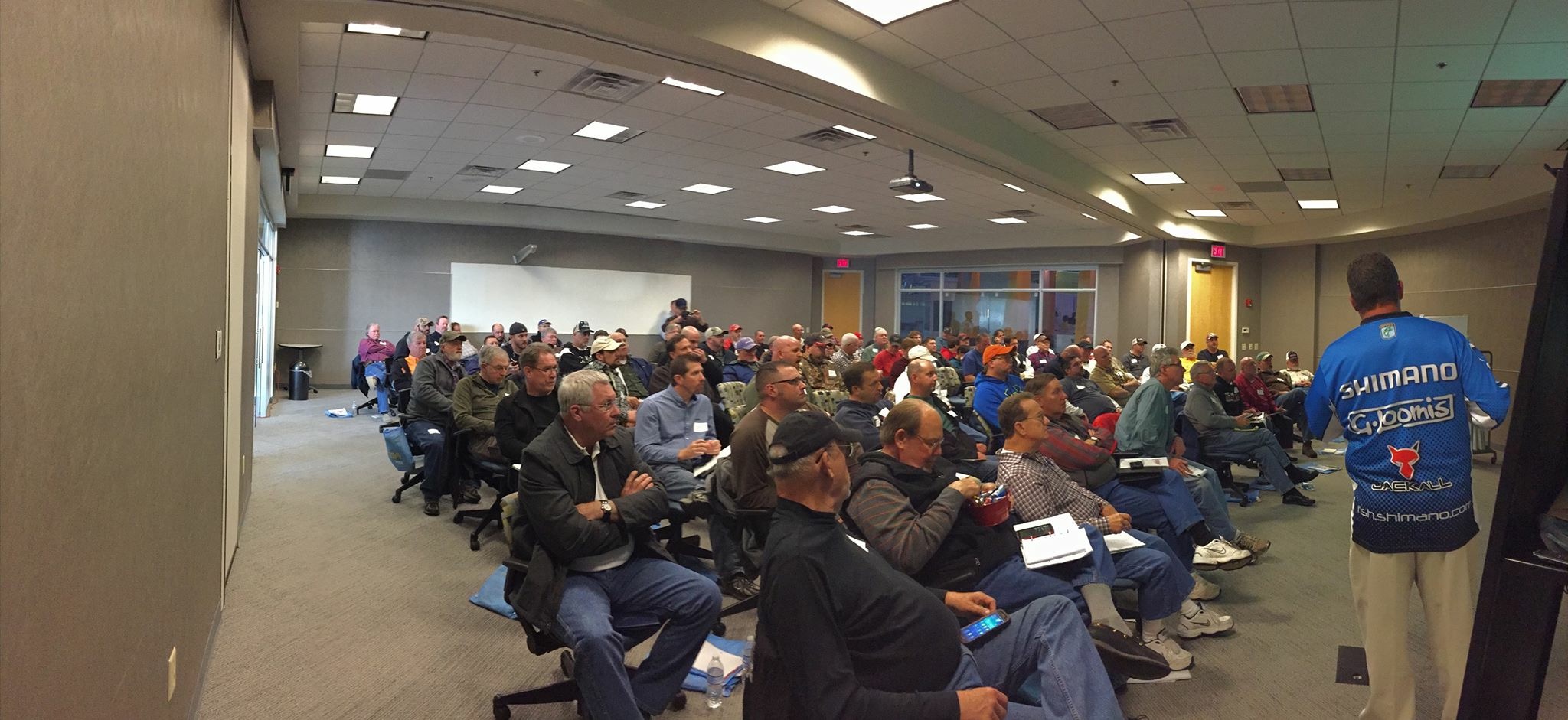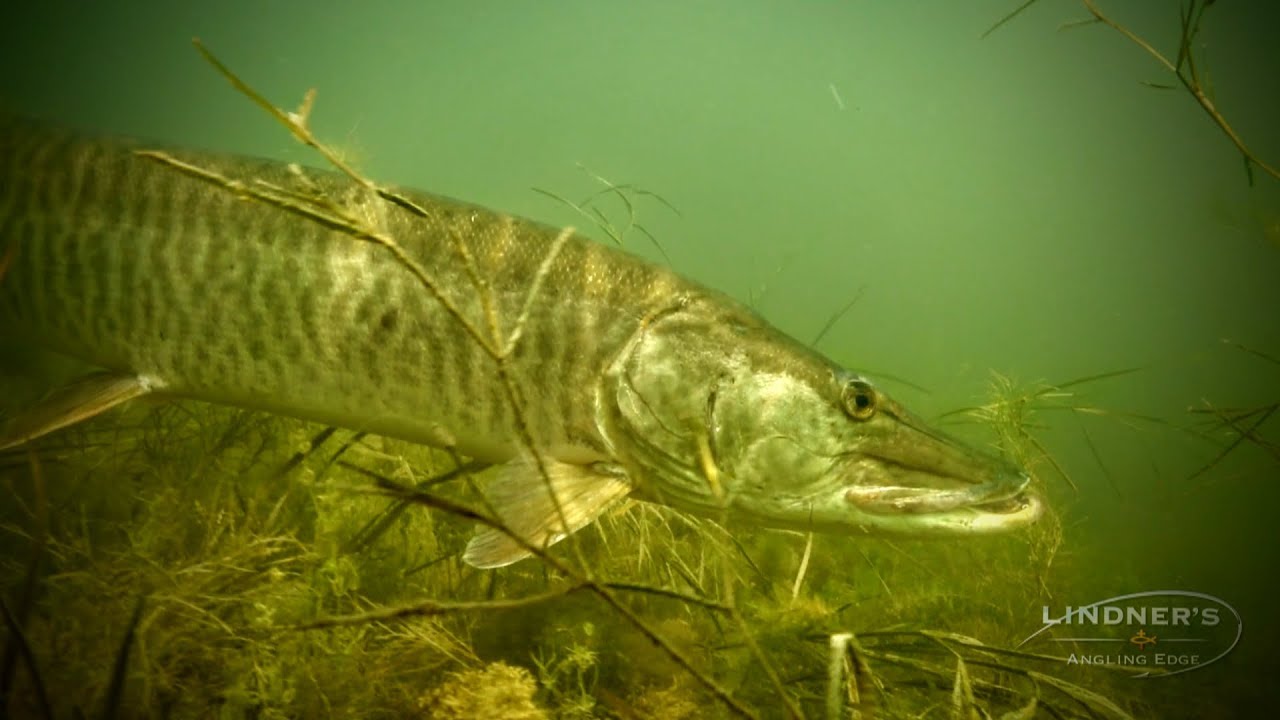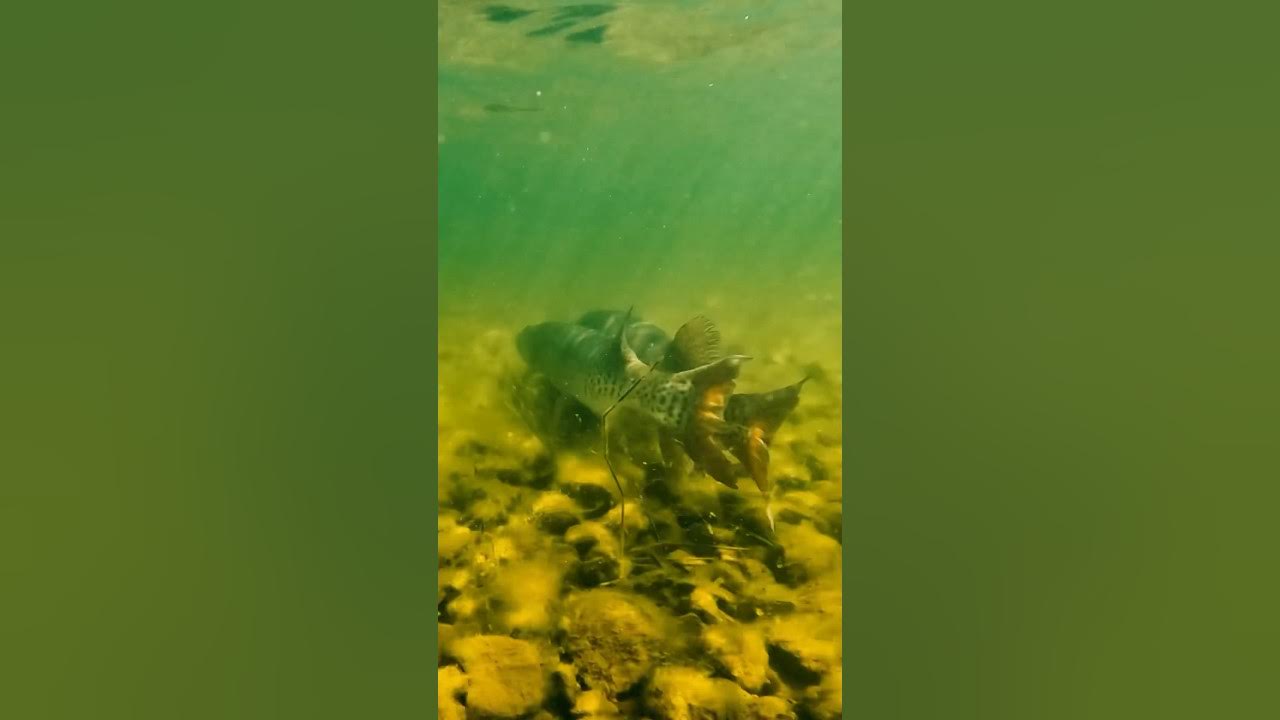BLUEGILLS
I believe everyone will agree with me when I say that Bluegills are probably the most common fish swimming in our Northwoods lakes. Is it true, that bluegills are not hard to locate, are the easiest fish to catch and taste pretty good too? Sure, it is. I also believe Bluegill are the best fish for teaching kids how to fish, because once you find a school, the action can be non-stop and will keep their interest.
The average Gill will grow fast in their first 3 years, reaching close to 5 inches and even though Bluegill can grow to seven inches in 5 to 6 years, because of fishing pressure and predators, the average life span for many Bluegills is only 6 years. I will tell you, those that avoid being caught can reach 9, 10 and even 12 inches (STATE RECORED IS 12.45 INCHES). There are some lakes with larger (7 to 9 INCH) Bluegills, but those lakes usually have a large amount of forage and a low number of predators. Other lakes will have a huge number of Bluegills, but because of lack of food and a large number of predators, these fish will be much smaller. So how do you know a certain lake will have monster gills? There are soft cover lake map books for different regions, that will not only give depths, and hot spots on where to fish, but will also give ratings (ABUNDANT / COMMON & PRESENT) of species in the lake, along with the dominant predator in the lake you might want to fish. If Bluegills are rated as abundant in a lake, they are most likely going to be 3.5 to 5 inches, due to genetics and competition for food, and most likely stunting has probably taken place. A lake that has a rating of common will have larger (5 to 7 INCH) Bluegills, then your best chance for catching bigger Gills (9 TO 10 INCHES) would be a lake that rates Bluegill as present.
For locating this species, you can find schools of Bluegills near any submerged vegetation (CABBAGE, COONTAIL, SAND GRASS, LILY PADS) feeding on tiny zooplankton, insect larvae and even small minnows in 4 to 10 feet of water. Another good spot could be branches sticking out of the water from shoreline trees that fell into the lake. If you’re fishing on a lake that has a rating of common and are only catching those small Bluegills, try moving out to deeper water of that location and fish the edges of the weeds. Once you find where the Bluegill are, small spinnerbaits and even ice fishing spoons can be used, but I have found if you tie a #8 hook or use a small jig under a bobber and add a piece of crawler, wax worm or SMALL minnow will put more fish in your net. Remember when fishing weeds, always work with the wind. Look for vegetation I mentioned above with the wind blowing towards those weeds or shorelines, because that wind/current will be pushing the insects, zooplankton and bait fish into those locations and Bluegill will be there having breakfast, lunch or dinner.
If your fishing shoreline trees, be prepared to get snagged and if you do get hung up on branches, DON’T try to free the line. It’s best to just cut the line and tie on a new hook/jig or use another rod until your done fishing in that spot. My reasoning for this is, if there are some nice size fish located in or around that tree, you DO NOT want to disturb the tree and scatter the fish. One more thing about fishing around trees. If your tight lining or using a bobber, once you get a bite, pull that fish out of the tree before it gets tangled in the branches. Personally, this is why I use a longer medium/heavy action rod for fishing trees. Depending on the depth I’m fishing, I can just lift the fish straight up out of the branches without the rod bending and not letting the fish go around any limbs, but that’s just me.
Now go catch some Bluegill but keep the medium size Bluegills and please put the big ones back. Genetics are passed down; big girls produce more eggs and bigger fish, and the big males can protect the nesting areas better also. By releasing bigger fish of ALL SPECIES will really help the size structure of the population in years to come.
PLEASE RELEASE WALLEYES OVER 24″. THESE BIG GIRLS PRODUCE MORE EGGS AND LARGER WALLEYES IN THE FUTURE.




